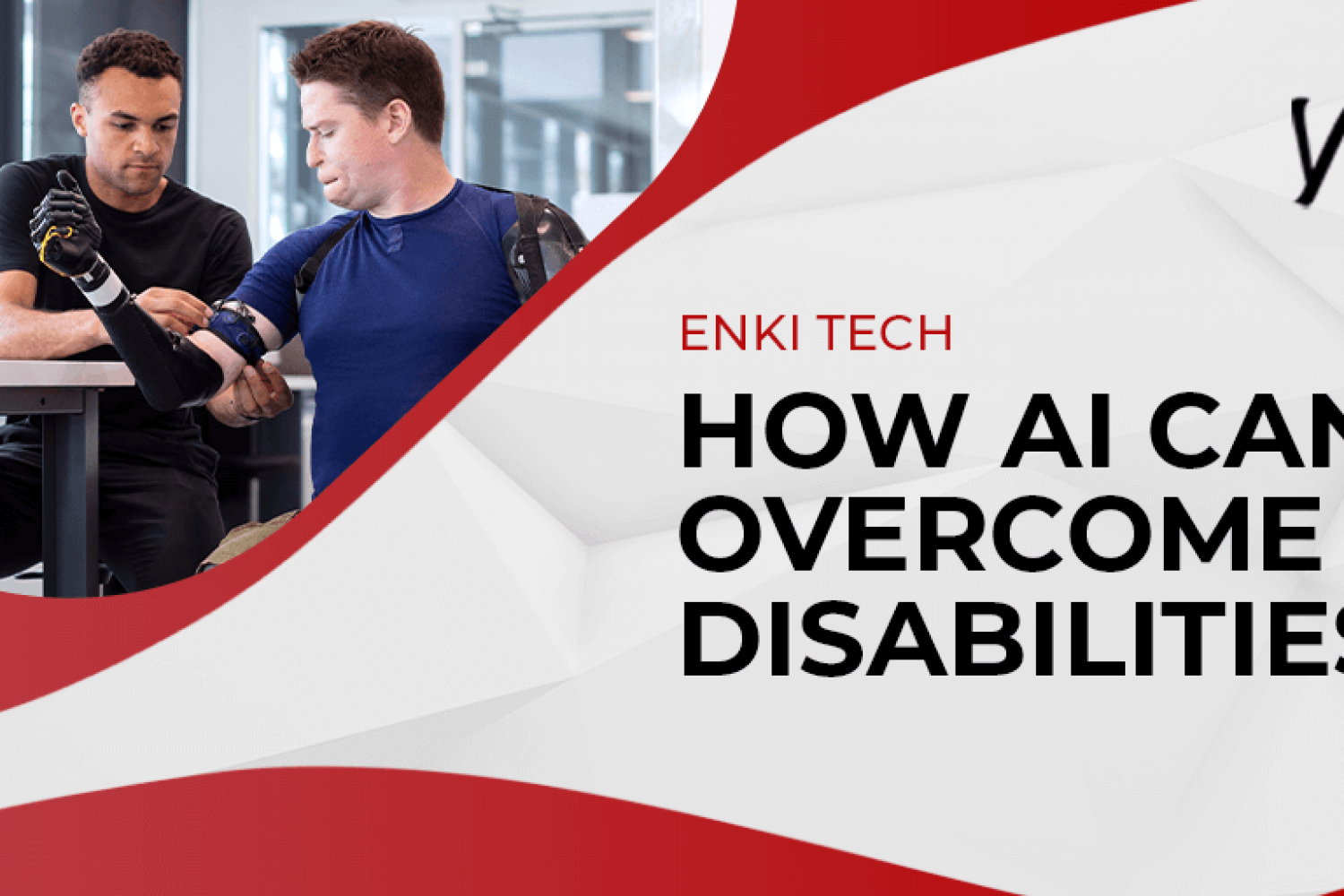Human beings have always sought to build technology to help us to make our everyday lives easier. But for those of us living with disabilities, there is an even greater need for a technological solution to everyday problems, as many societies often center on the needs of non-disabled people. One of the earliest examples of known technology used to address the specific needs of those with disabilities includes prosthetics discovered in Egypt dating back to 950-710 B.C.E. More recent historical examples include braille’s invention (1824), the universal writing system for the bind that allows them to read through touch. Modern technology such as computer programming and robotics have allowed us to create even more advanced mechanisms to help give people with disabilities more independence. In addition, artificial Intelligence can drastically improve disabled people’s lives.
How AI Can Overcome Disabilities

Artificial Intelligence has the power to transform our lives in profound ways. From automating manual tasks to giving us a deeper understanding of the data we produce every second, AI has the power to help us progress infinitely faster than ever thought before. AI can also help empower those limited in a society that does not always have their needs in mind.
For people living with physical impairments, doing simple, everyday tasks can be daunting, as these tasks may require a lot more strain on the body than for someone who is non-disabled. AI-powered virtual assistants can help make homes much more accessible to those who are impaired. When paired with smart technology, these virtual assistants can help automate different tasks and lower the strain on impaired people. For example, they can control the lights, change the temperature in different rooms, order groceries, and even lock the door. In addition, users can utilize these assistants by just using their voices.
Many disabilities can affect one’s ability to read and write. These disabilities can severely limit our ability to communicate with other people. Text-to-Speech and Speech-to-Text technology can help those whose disabilities restrict their communication participate in environments where communication is necessary. These technologies utilize the power of AI to analyze text and speech patterns to translate them in ways the user needs. They make communication possible for those who are non-verbal or who struggle to read.
To survive in our society, navigating our surroundings is essential. However, navigation can be challenging if we have impaired vision or physical disabilities that limit our ability to operate vehicular technology. Disabled people’s mobility is often limited because we live in a society built by and for people who can walk, drive, and navigate directions with little to no assistance. Without the ability to navigate a community, people with disabilities are limited in their options for work and school. They are often left dependent on the people around them to help them to get around their communities. Self-driving vehicles are an emerging technology that could increase independence for disabled people, allowing them to go out on their own and travel more safely. Self-driving vehicles can be programmed to follow pre-determined routes and recognize the names of street signs and stop signals. They can expand the areas that disabled people can access on their own.


